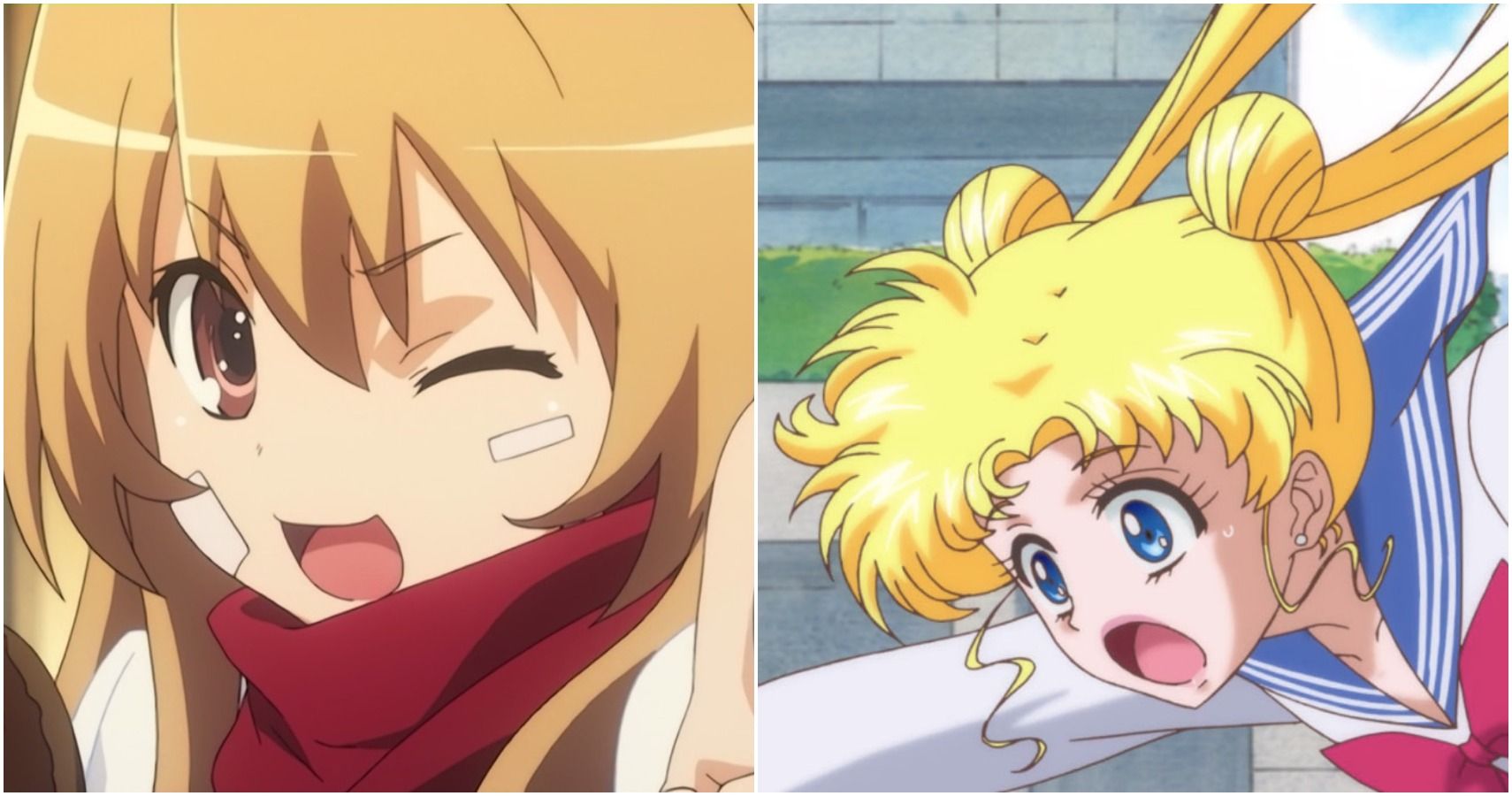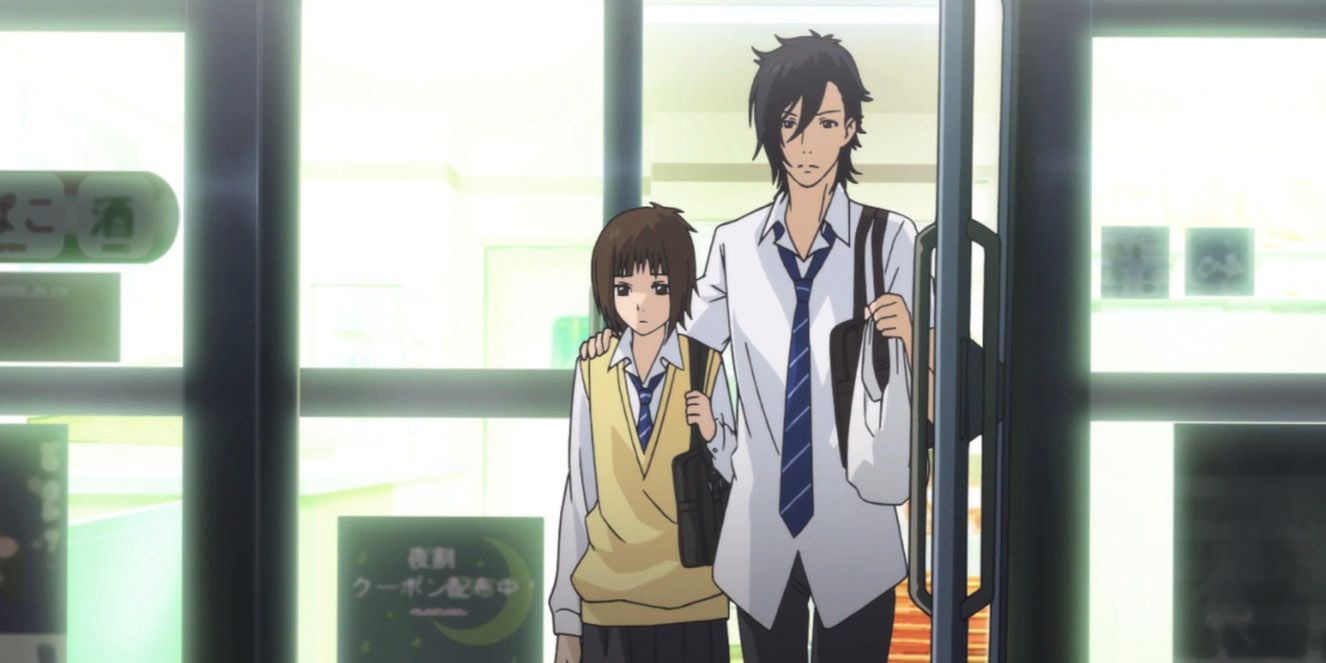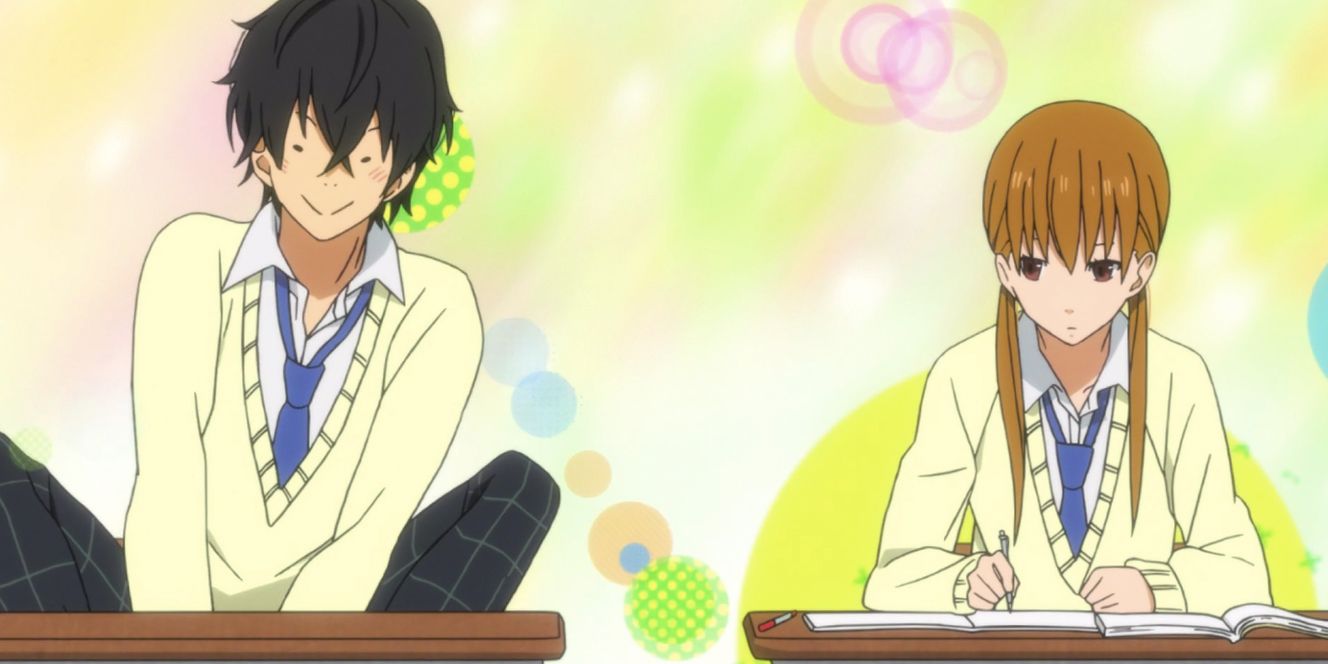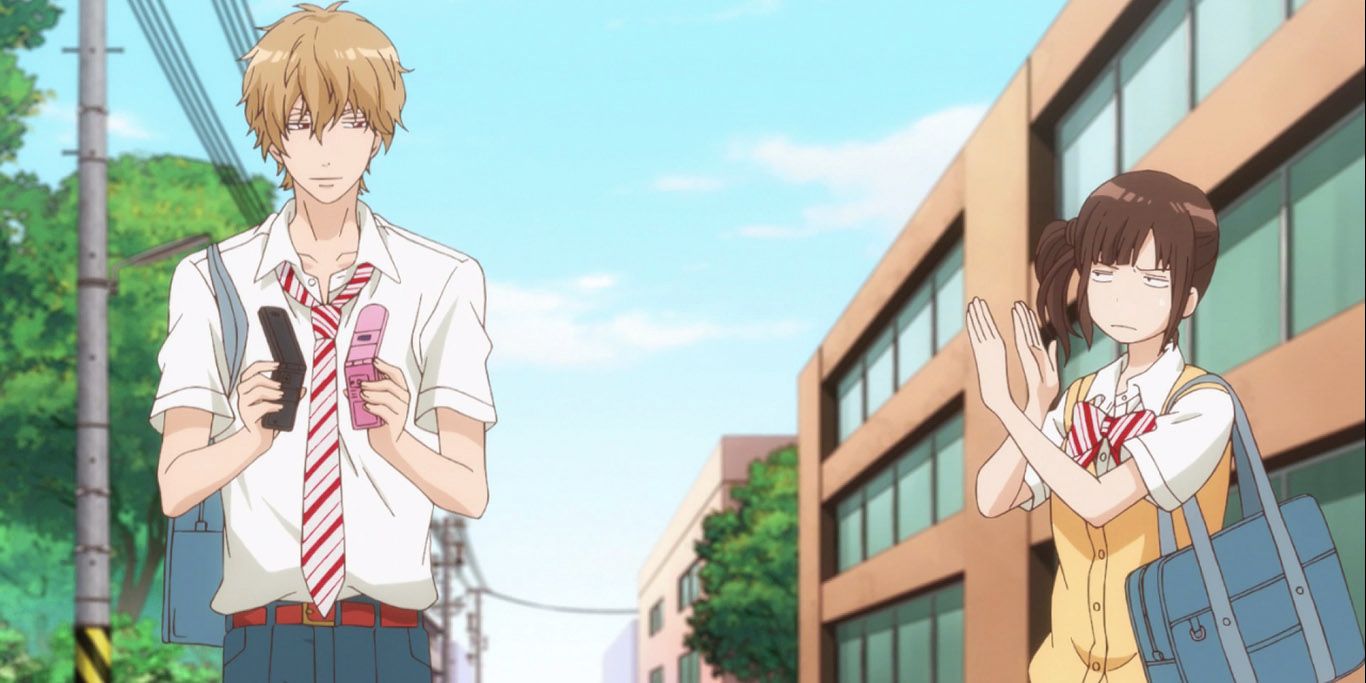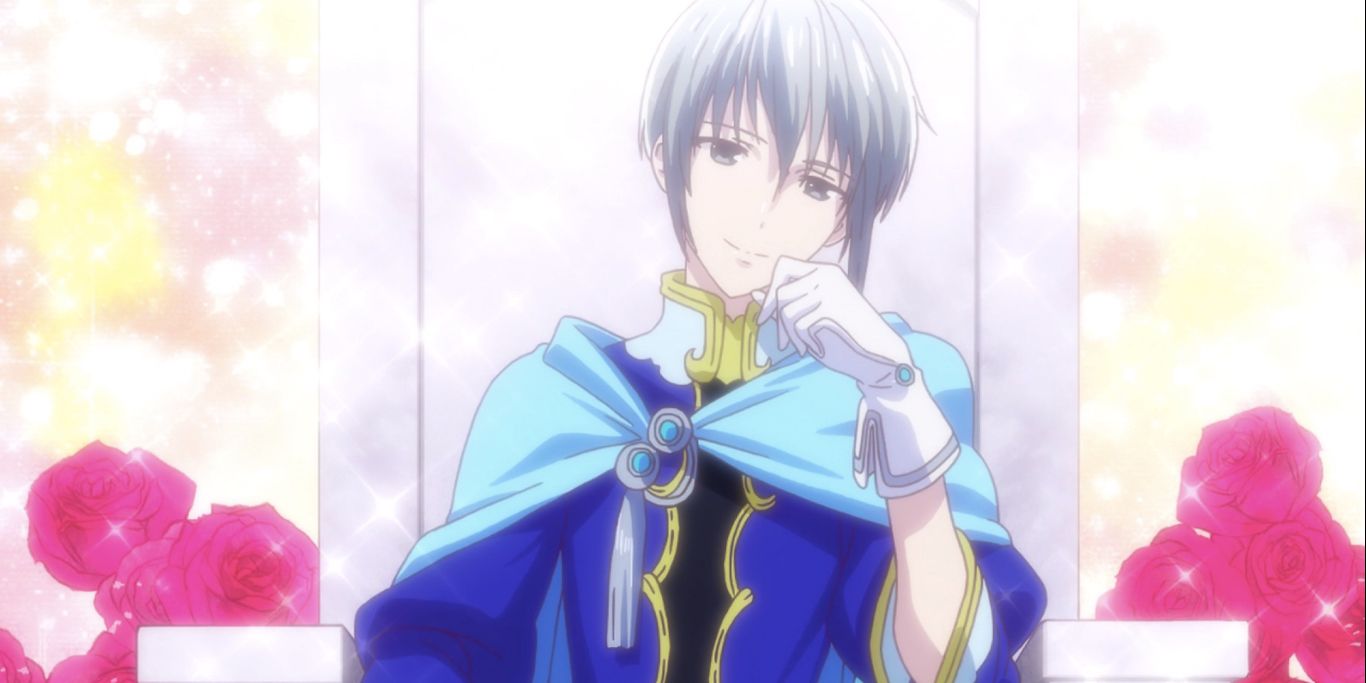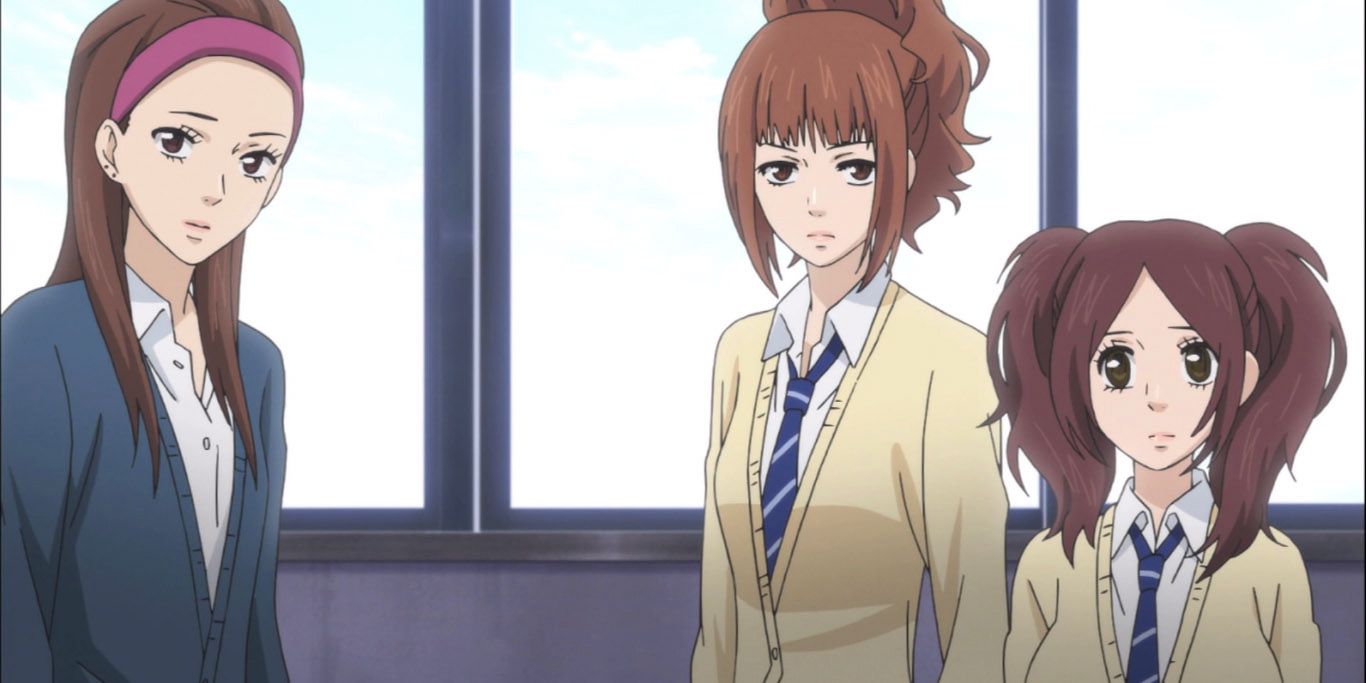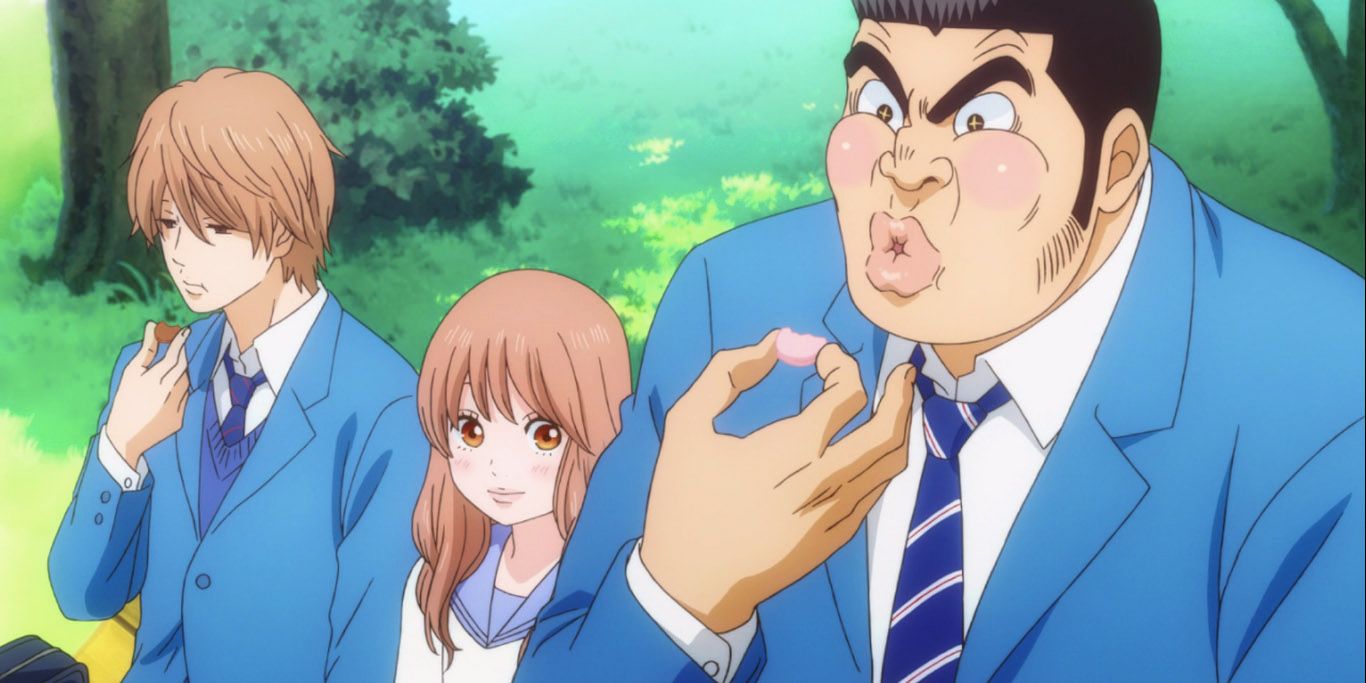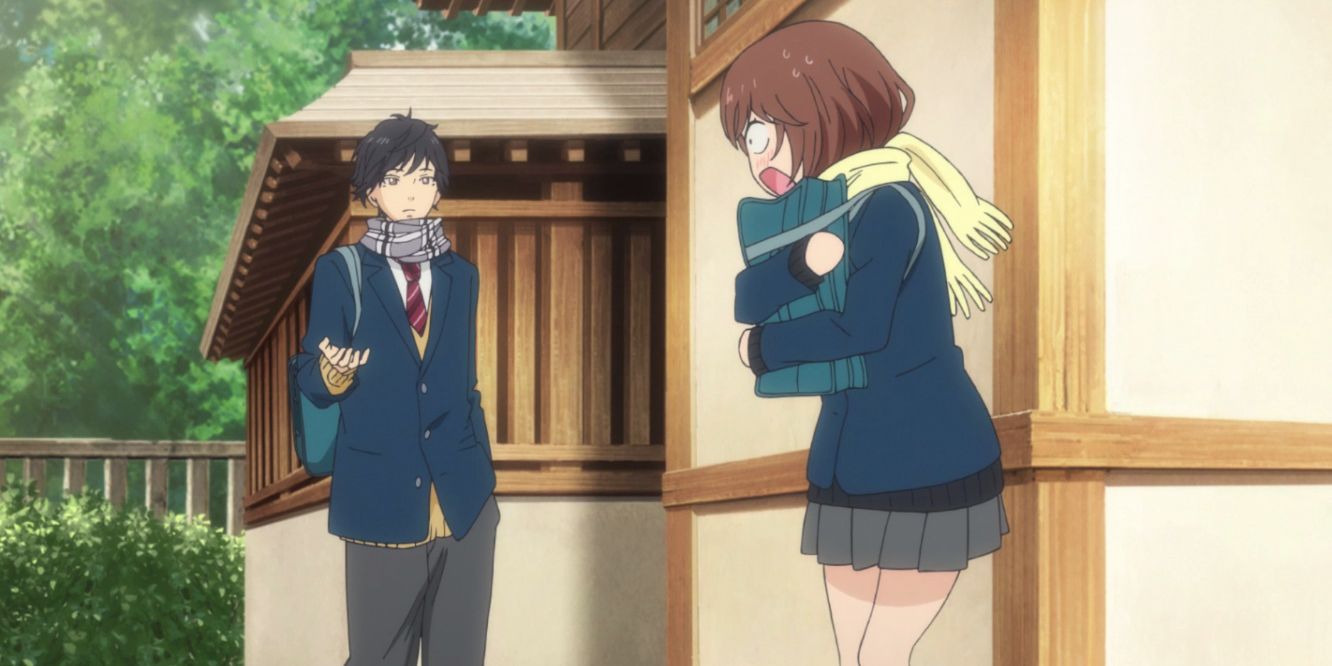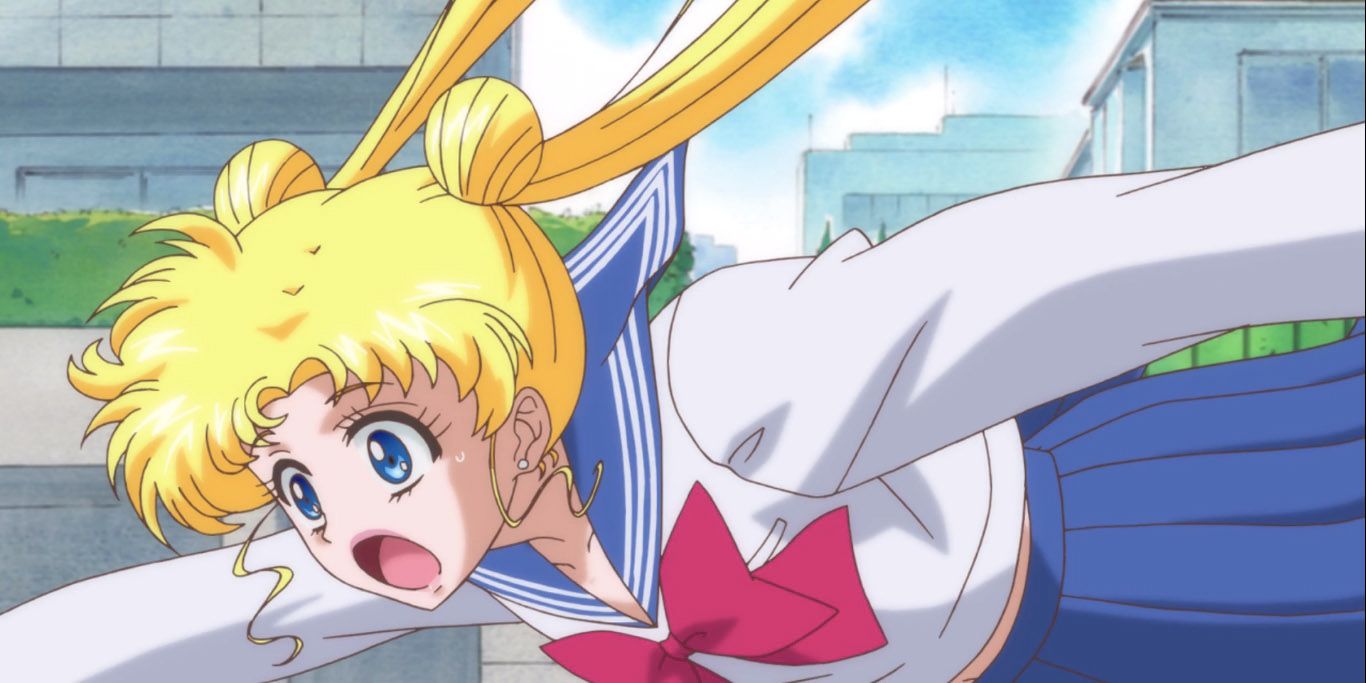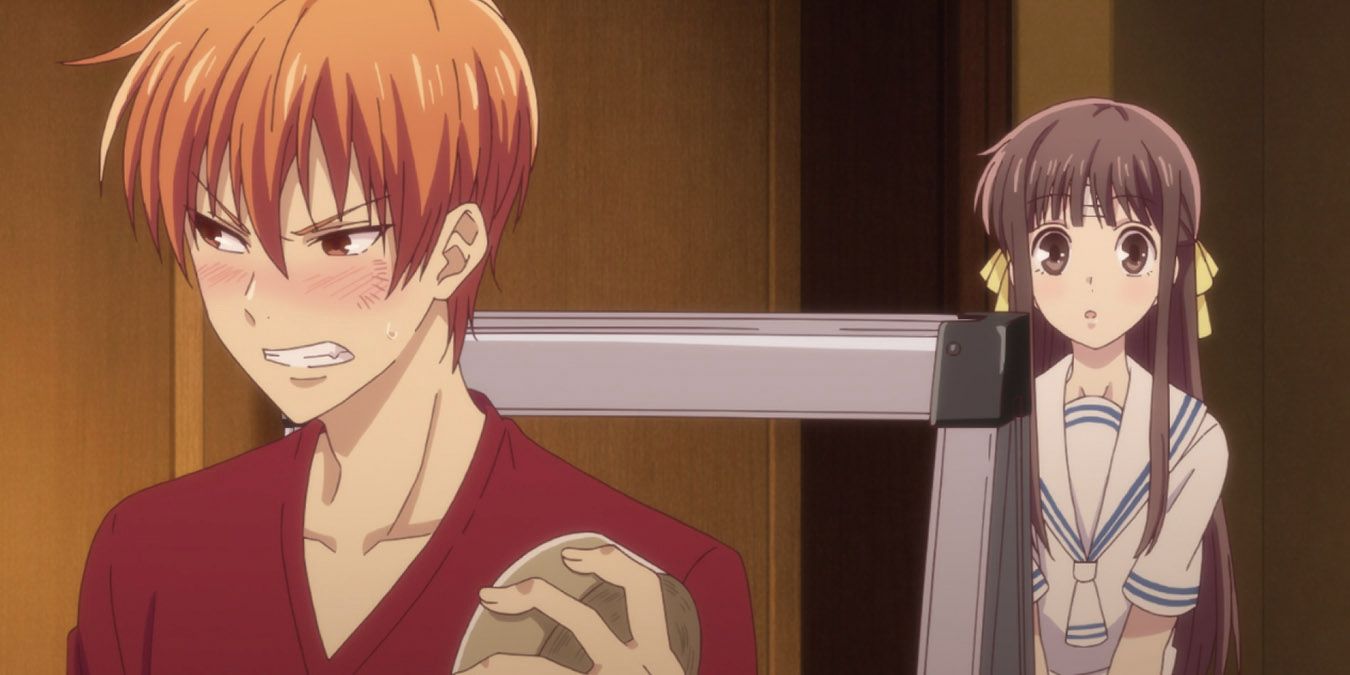Anime labeled as "shojo" are intended for a younger female audience. This means many shojo anime include similar themes, often revolving around love, friendship, school life, or fantasy. With these themes also come tropes that have been used plenty of times throughout the history of shojo anime.
Some popular shojo tropes are known to pull at one's heartstrings, while other tropes end up leaving a weird taste in one's mouth. Some tropes are so overly used that they end up as cliches, good or bad. Here are five annoying shojo tropes that have got to go and five that aren't going anywhere.
10 Annoying: Damsel in Distress
There are many times in shojo anime when the heroine finds herself in a sticky situation, whether it's with bullies, stalkers, or villains. Sometimes she is able to fight her way out on her own, but often, she desperately needs her love interest to step in and save the day like a damsel in distress.
This trope is commonly used to increase the bonds between the heroine and her savior in a heart-racing moment. The heroine is suddenly able to see her love interest in a new light--rather than being just an attractive dude, he's now an attractive dude who protected her!
9 Isn't going anywhere: High School Love
Because shojo anime is angled toward a youthful audience, many viewers are students in school. Therefore, it makes sense for many shojo stories to take place in a high school setting. This allows the young audience to relate more to the characters who may be experiencing similar situations at school.
In particular, high school love seems to be exceptionally appealing in shojo anime. The struggles that the high school protagonist must endure in order to find true love are some of the most relatable experiences that anime has to offer, though they can be hilariously exaggerated at times.
8 Annoying: Blackmail/Debt
In shojo anime, when a character is unwilling to do something for someone else, sometimes the only way to get them to succumb to the pressure is to raise the stakes, usually in the form of blackmail or debt.
For example, the shenanigans in Ouran High School Host Club begin when the heroine, Haruhi, accidentally breaks the club's expensive vase and is forced to join the club to repay her debt. And in Wolf Girl & Black Prince, the heroine is blackmailed into being the popular guy's "pet" after he threatens to expose her lies to the school. Neither of these anime would technically have a plot without the trope, but resorting to blackmail is a bit extreme.
7 Isn't going anywhere: Mr. Popular
If the heroine is going to fall madly in love with someone, why not make it the most popular guy at school whom everyone else is in love with? Mr. Popular can be pursued by just about anyone, but he pairs exceptionally well with the shy or unpopular kid for the sake of juxtaposition.
To distinguish one popular love interest from the next, each usually comes equipped with his own tragic backstory, secret, or emotional scar. Classic popular guy examples include Takumi Usui from Maid Sama! and Yuki Soma from Fruits Basket.
6 Annoying: Petty Love Rival
Just when the relationship between the protagonist and their love interest blossoms into something more romantic, a wild love rival will appear out of nowhere to stir up drama. It's understandable to compete for a boy's attention to some extent, but the ambitious love rival will often take things to the next level with petty tactics that one may witness on The Bachelor.
The pettiest of love rivals might bully the heroine, play the victim, attempt to seduce the love interest to make the heroine jealous, or all of the above. While these acts of sabotage make the love rival look like an indecent human being, she's just desperate for a love of her own and it's kind of sad.
5 Isn't going anywhere: Love Triangle
A love triangle can either hinder or be in favor of the protagonist's quest for love. The triangle can include a rival of the protagonist, a rival of the love interest, or a combination of the two. Either way, similar to the petty love rival, a love triangle is bound to make the protagonist question their love life.
A hilarious example of a shojo love triangle is in My Love Story!!, in which the protagonist, Takeo, develops feelings for a cute girl but incorrectly assumes that she is instead in love with his handsome best friend. Although this is a rather wholesome love triangle, it makes Takeo reevaluate his own worth for a girl's love.
4 Annoying: Age Gap
Having a large age gap in a relationship doesn't seem like that big of a deal in the context of two older adults, but there are definitely a lot of red flags when it involves the young demographic that shojo anime caters toward.
Some shojo examples include an elementary schooler and high schooler from Shugo Chara, a high schooler and policeman in the manga P and JK, and a student and teacher in the manga Love's Reach. While these fictional age gaps are portrayed in a positive light, it isn't a trope that should be romanticized.
3 Isn't going anywhere: Childhood Friends
Many shojo anime tell the love story of when two people first meet, often around the time of high school. But there are also cases in shojo anime where the two main characters have known each other from a younger age and only begun to develop romantic feelings for one another through the course of the plotline.
In order for these feelings to go from platonic to romantic between two childhood friends, something major needs to occur during that time. For example, in Blue Spring Ride, the love interest, Kou, moves back into town with a new name and colder personality. This intrigues Futaba, the heroine, and encourages her to rekindle their friendship and pursue something further.
2 Annoying: Clumsy Heroine
All characters must be flawed in some way, otherwise, they're too perfect for any growth or development throughout the course of the story. A flaw that is too common amongst many shojo heroines is being clumsy and not acting very bright.
While these heroines tend to be good-natured and naive, there's no reason to also make them act so absentminded, to the point where they might fall on their face too often or be failing school. They think they can make up for their careless personality by being kind or cute, but sometimes that doesn't cut it.
1 Isn't going anywhere: Tsundere
In shojo anime, there are so many different kinds of personalities one may encounter, such as the bad boy, the genius prodigy, the popular kid, and the iconic tsundere. A "tsundere" is someone who acts tough and cold on the outside but is actually soft and caring on the inside.
The funny thing about tsundere characters is their drastically contradicting behavior. They might attempt to do something thoughtful for another character, such as making them a home-cooked meal her helping them study for an exam. But as soon as the sweet moment is over, they will deny the fact that they care deeply for the other person.

